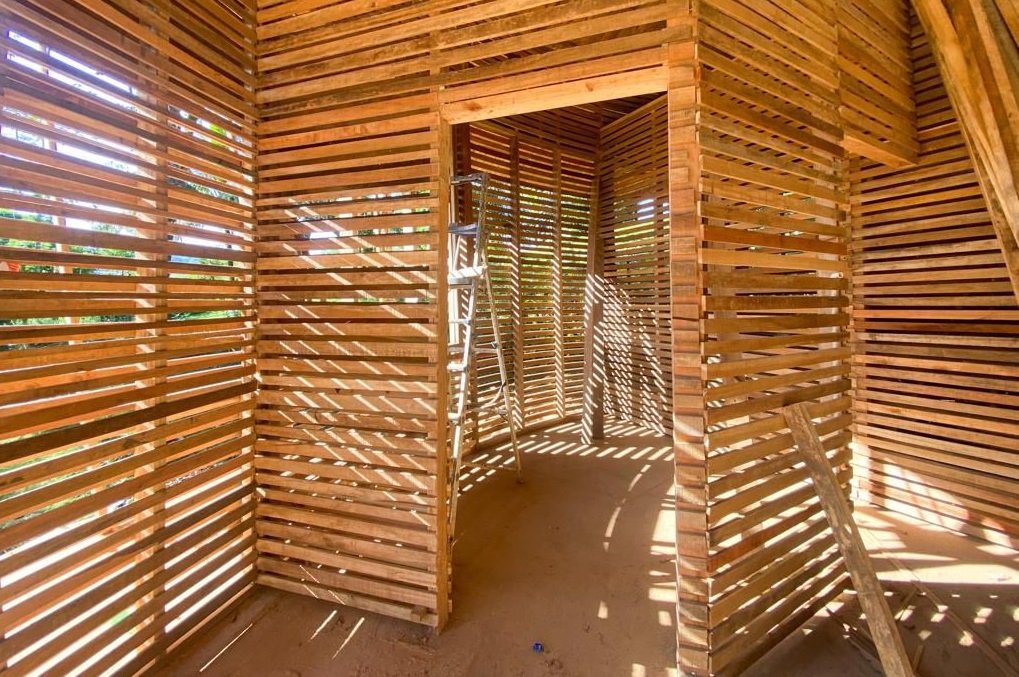With just a pencil and paper, they sketched a universe of dreams, a cosmos of illusions...
What does an architect do? Why is it essential to hire one when building? In our country, many people still don’t know the answers to these questions. Architecture was born from the need for shelter and protection from the elements and threats. Over time, as humans transitioned to a sedentary lifestyle, they began creating more permanent structures, establishing the role of the architect to organize and lead the construction process.
In its earliest days, architecture was limited to small cities, but with civilizations like ancient Greece, architects evolved from mere laborers to allies of emperors, constructing structures with religious and institutional significance. Figures like Ictinus and Callicrates, who designed the Parthenon, or K'inich Janaab' Pakal, the Mayan architect-king, bear witness to this evolution.
During the Gothic period, architects such as William of Sens created wonders like Canterbury Cathedral. In the Renaissance, Gian Lorenzo Bernini, supported by kings and popes, built St. Peter’s Square. In modern times, Antoni Gaudí and Frank Lloyd Wright erected monuments that remain global benchmarks of architectural excellence.
So why, in our country, are architects often viewed as mere "plan signers"? What’s the difference between simply signing a plan and designing, planning, and advising a project? And how is an architect different from a civil engineer?
Architectural design is a process akin to a romantic relationship. With good communication and mutual respect, the outcome will be positive. This process is divided into three stages:
- Preliminary Studies and Preliminary Design: Initial proposals are developed, and site visits are conducted.
- Construction Plans and Endorsement: Detailed plans are created and signed by the professional.
- Technical Supervision: Periodic inspections ensure the correct execution of the plans.
If designing and building require so much effort and responsibility, why do some believe a simple signature suffices? This misconception stems from various factors: the lack of an architectural tradition in the country, the fines associated with unapproved construction, limited understanding of the value of good design, and unfair competition from professionals who undercharge for plan endorsements.
Architects face a dilemma: charge fairly or blindly sign plans to make ends meet. The latter choice perpetuates a cycle of aesthetic and functional mediocrity. Moreover, there is confusion between architects and engineers. Architects blend art and science, while engineers focus on structural feasibility. Both roles are vital and must collaborate harmoniously.
Contemporary architecture is adorned with terms like sustainable and minimalist, yet its essence remains unchanged. Louis Kahn famously said that space "wants to be," and respecting its identity prevents conflict between forms and users.
Architecture is a vital necessity, and having a skilled architect is as essential as having a good doctor. Dare to experience the magic of creating spaces that reflect our personalities and strengthen our communities.

